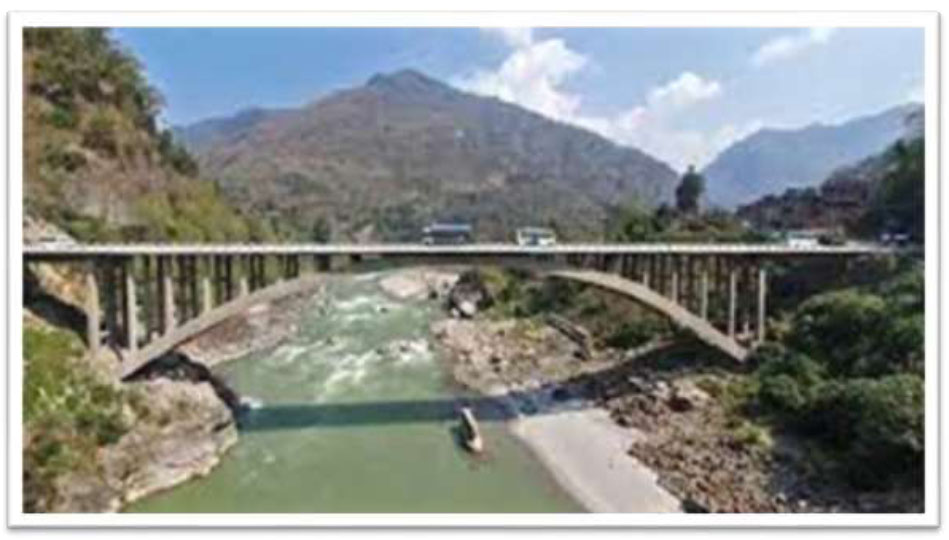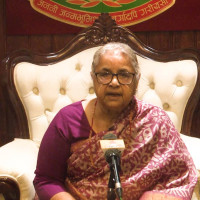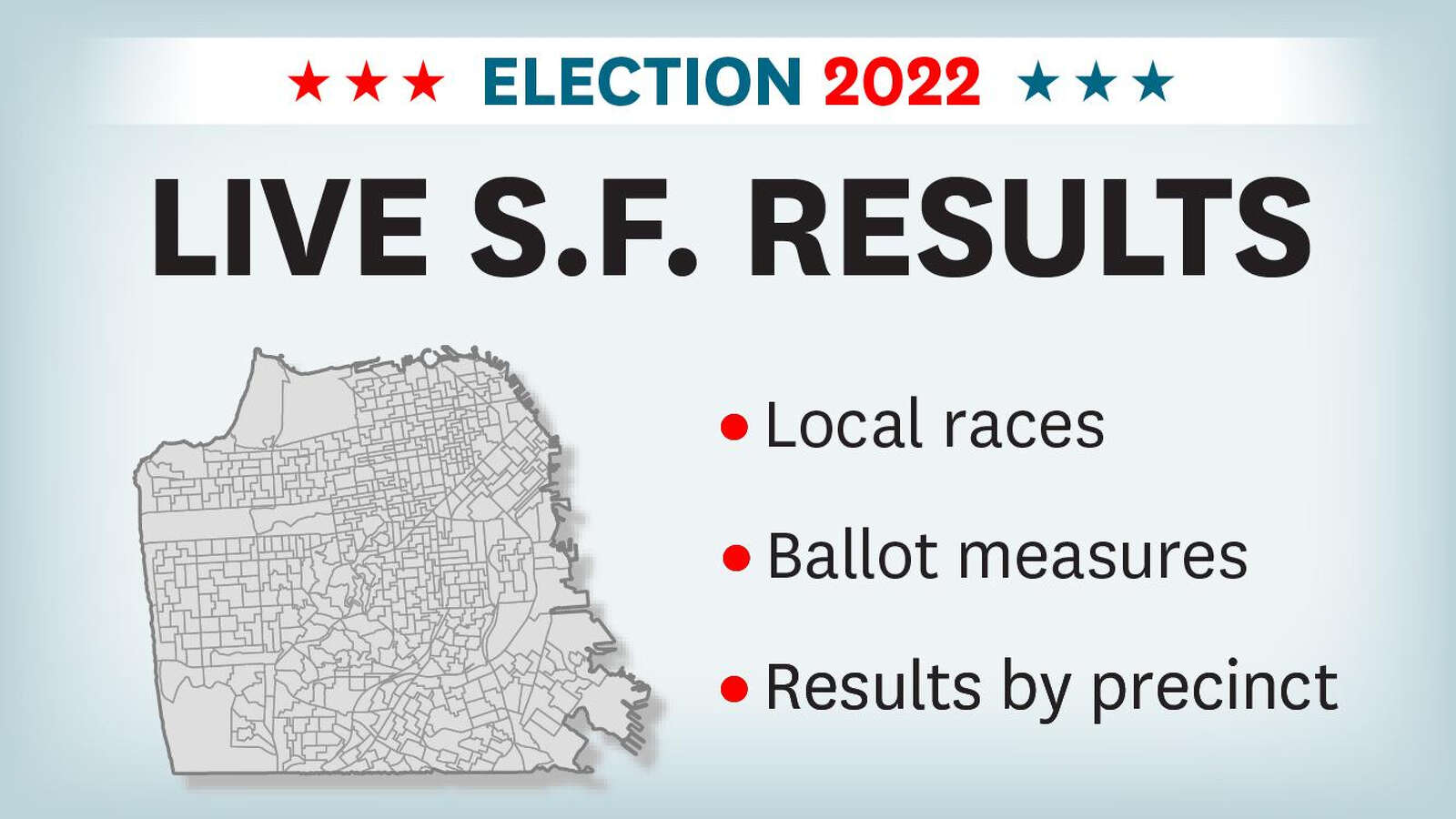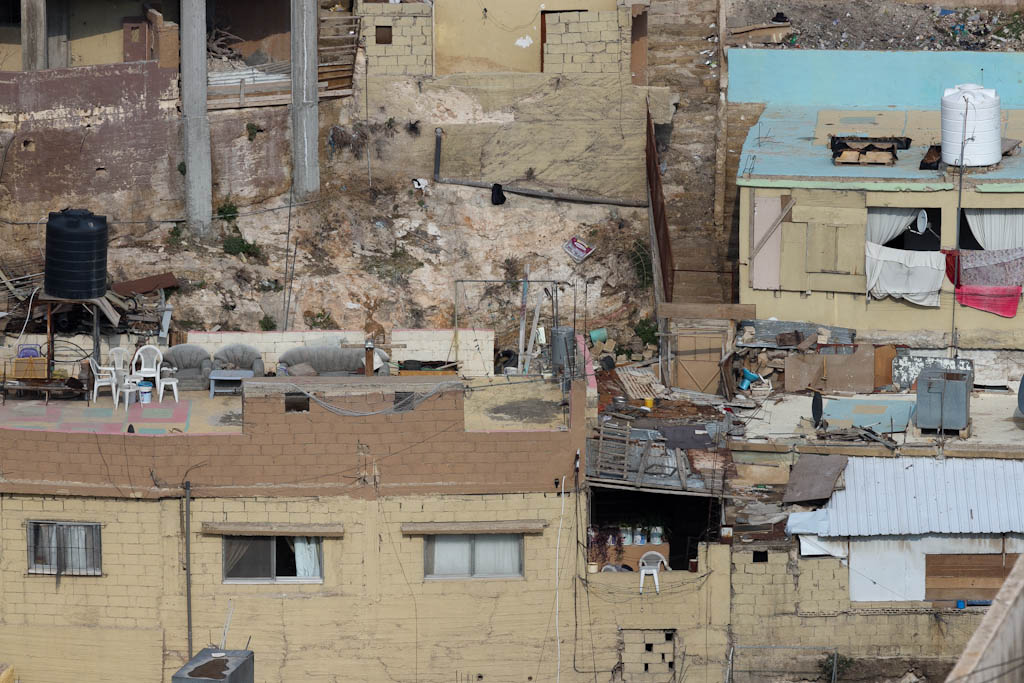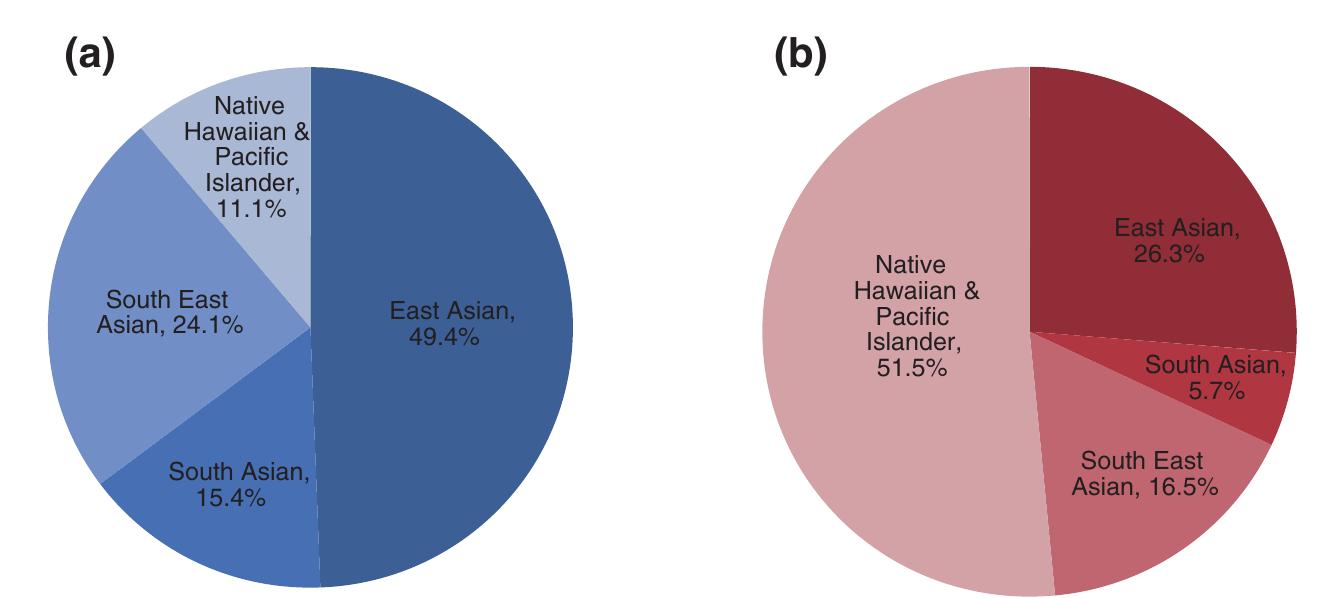
In the EU, protecting people, property, environment, and cultural heritage against multiple threats is primarily a national responsibility.
In the EU, protecting people, property, environment, and cultural heritage against multiple threats is primarily a national responsibility. However, the EU complements, supports, coordinates national action, and promotes cross-border cooperation on these matters.
EU Civil Protection Mechanism
A wide set of EU policies and funds aim to strengthen collective safety and resilience against adverse events. Under the EU Civil Protection Mechanism, 27 EU countries and 10 other participating states regularly exchange information on disaster risks.
They also run exercises together and pool rescue teams and equipment that can be rapidly mobilised when a disaster overwhelms any other country in the world.
Disaster resilience goals
The European Commission and the EU Member States have devised 5 disaster resilience goals to steer our work in disaster prevention and preparedness.
The goals are designed in line with the May 2021 revision of the EU Civil Protection Mechanism legislation. They are formulated in a Commission Recommendation and accompanying Communication.
Progress report on prevention and risk management in Europe
Actions to strengthen prevention and risk management are set out in Article 6 of the EU Civil Protection Mechanism decision. A first progress report on the implementation of Article 6 was issued in March 2024.
The report stock of progress on implementation of instruments like peer reviews, mechanism for cooperation and the European disaster resilience goals.
It also provides an analysis of national reports on disaster risk management, and proposes recommendations for future actions. A supporting Commission staff working document provides further details.
Mapping key disaster risks in Europe
A robust understanding of disaster risks is the first step towards addressing the risks effectively by framing risk management policies. This is why the European Commission regularly prepares overviews of natural and human-induced disaster risks that the EU faces (e.g., publications from 2014, 2017, and 2020).
Wildfire prevention action plan
The 2022 wildfire season confirmed an upward trend in intense wildfires. Many Member States requested assistance under the EU Civil Protection mechanism.
With climate change, this upward trend in wildfire intensity is expected to exacerbate in the future. To help better manage forests and landscapes, reduce the ignition of fires in the first place and limit their impacts, the Commission has put forward a wildfire prevention action plan.
Prevention and Preparedness Projects in Civil Protection
The EU Civil Protection Mechanism supports EU countries and participating states in disaster prevention and preparedness, providing single country and multi-country grants.
Single country grants are direct grants to national civil protection authorities, offering them technical assistance. National authorities prepare investments in disaster prevention and preparedness and feasibility studies and cost-benefit analyses.
Multi-country grants support consortia of civil protection stakeholders, including national and sub-national authorities, universities, NGOs, private sector and international organisations.
Since 2014, we have funded more than 149 projects.
Technical Assistance Financing Facility for Prevention and Preparedness (TAFF)
A novel technical assistance instrument launched in 2024 as a partnership between the European Commission Civil Protection and Humanitarian Aid department and the World Bank Group.
TAFF aims to support EU countries and participating states of the EU Civil Protection Mechanism as well as Georgia and Kosovo* to increase their technical capacity for disaster prevention and preparedness. The instrument is fully aligned with the implementation of the European Union Disaster Resilience Goals adopted by the European Commission in 2023.
The facility will provide access to tailor-made technical support through leading global disaster and climate resilience expertise.
*This designation is without prejudice to positions on status and is in line with UNSCR 1244/1999 and the ICJ Opinion on the Kosovo Declaration of IndependenceSDGs, Targets, and Indicators in the Article
Behold! This splendid article springs forth from the wellspring of knowledge, shaped by a wondrous proprietary AI technology that delved into a vast ocean of data, illuminating the path towards the Sustainable Development Goals. Remember that all rights are reserved by SDG Investors LLC, empowering us to champion progress together. Source: civil-protection-humanitarian-aid.ec.europa.eu Join us, as fellow seekers of change, on a transformative journey at https://sdgtalks.ai/welcome, where you can become a member and actively contribute to shaping a brighter future. 1. Which SDGs are addressed or connected to the issues highlighted in the article?
2. What specific targets under those SDGs can be identified based on the article’s content?
3. Are there any indicators mentioned or implied in the article that can be used to measure progress towards the identified targets?
Table: SDGs, Targets, and Indicators
SDGs
Targets
Indicators
SDG 11: Sustainable Cities and Communities
Target 11.5: By 2030, significantly reduce the number of deaths and the number of people affected and substantially decrease the direct economic losses relative to global gross domestic product caused by disasters, including water-related disasters, with a focus on protecting the poor and people in vulnerable situations.
Indicator: Number of deaths, missing persons, and directly affected persons attributed to disasters per 100,000 population.
SDG 13: Climate Action
Target 13.1: Strengthen resilience and adaptive capacity to climate-related hazards and natural disasters in all countries.
Indicator: Number of countries that have integrated disaster risk reduction and climate change adaptation into national policies, strategies, and planning.
SDG 17: Partnerships for the Goals
Target 17.16: Enhance the Global Partnership for Sustainable Development, complemented by multi-stakeholder partnerships that mobilize and share knowledge, expertise, technology, and financial resources to support the achievement of the Sustainable Development Goals in all countries.
Indicator: Amount of financial resources mobilized and provided to developing countries in support of the Sustainable Development Goals.


